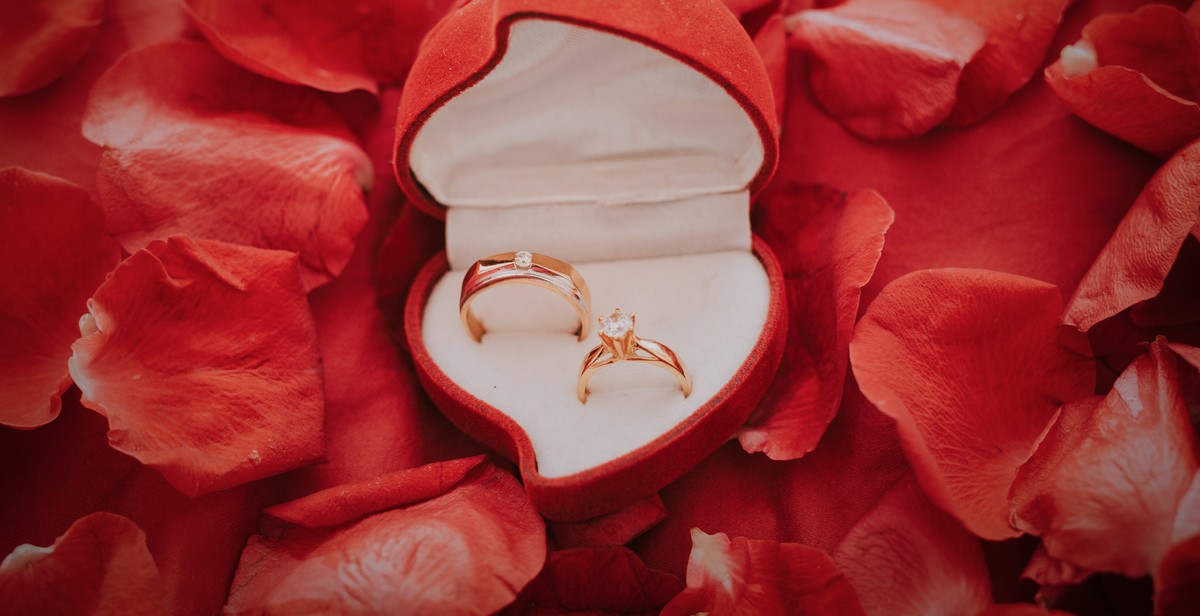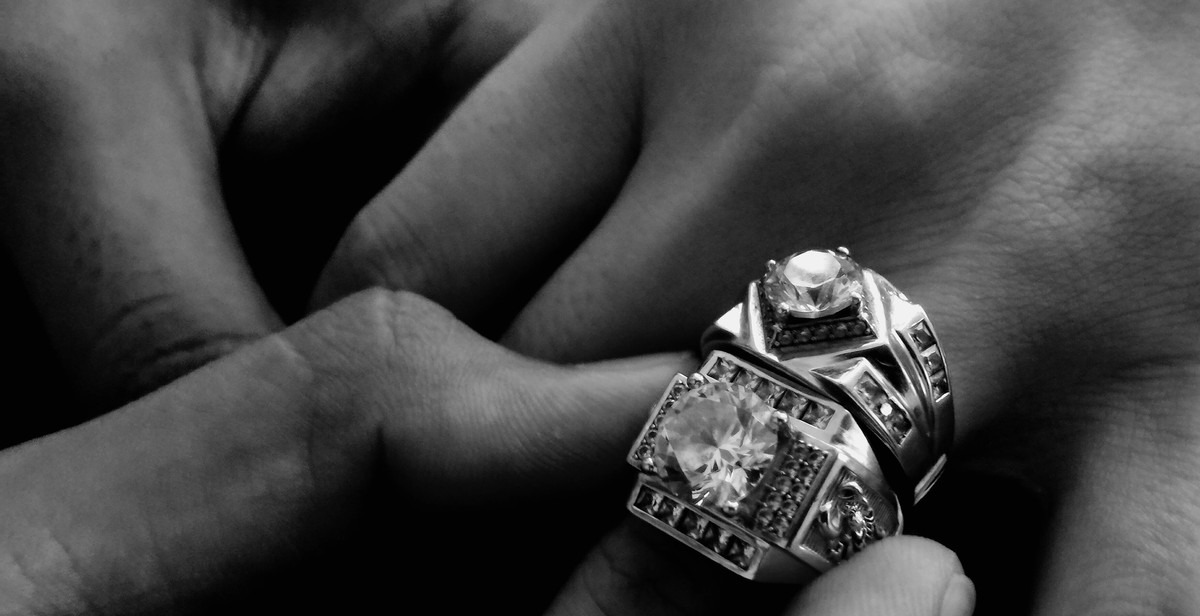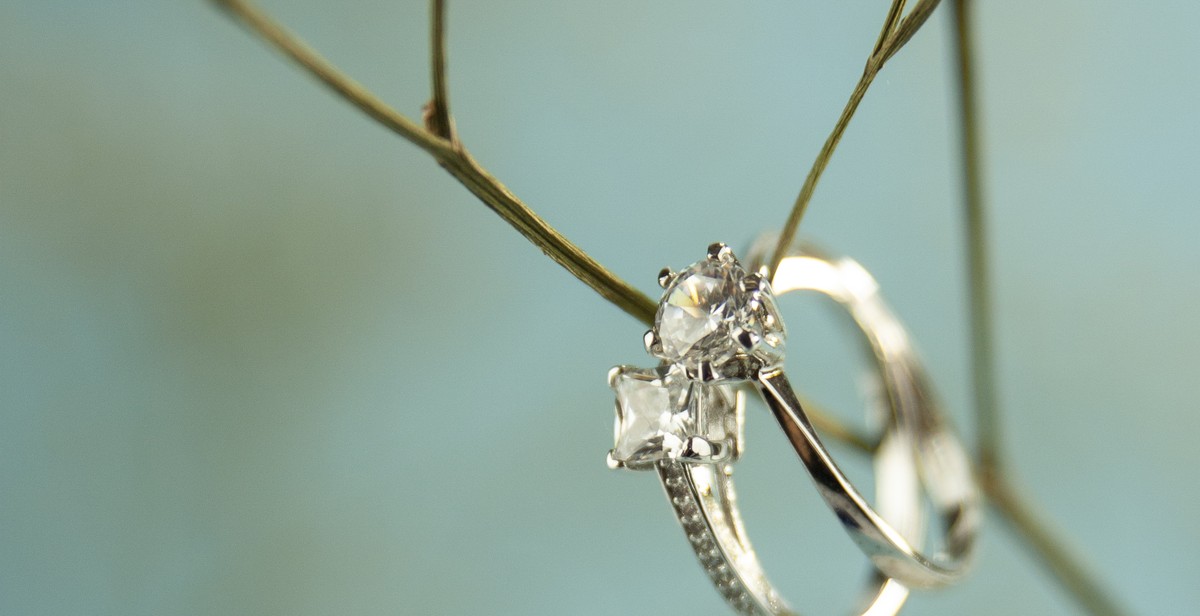Introduction
Choosing the perfect engagement ring is a crucial decision that requires careful consideration. One of the most important factors to consider is the type of metal used in the ring. The metal not only affects the overall appearance of the ring but also its durability, strength, and price.
There are many different types of metals used in engagement rings, each with its unique properties and characteristics. Some of the most popular metals used in engagement rings include platinum, gold, white gold, rose gold, and palladium. Each of these metals has its own advantages and disadvantages, and choosing the right one depends on personal preference, budget, and lifestyle.
In this article, we will explore the most popular metals used in engagement rings, their advantages and disadvantages, and what to consider when choosing the perfect metal for your engagement ring. Whether you are looking for a timeless and classic ring or a modern and trendy one, understanding the different types of metals used in engagement rings can help you make an informed decision that you will cherish for a lifetime.
Gold: The Timeless Choice for Engagement Rings
Gold has been a popular choice for engagement rings for centuries. It is a timeless metal that symbolizes love and commitment. Gold is also known for its durability, making it an excellent choice for everyday wear. When it comes to engagement rings, there are three main types of gold: yellow gold, white gold, and rose gold. Each type of gold has its own unique characteristics and advantages.
Yellow Gold
Yellow gold is the most traditional choice for engagement rings. It has a warm, rich color that complements all skin tones. Yellow gold is also the purest type of gold, with 24 karats being 100% gold. However, pure gold is too soft to be used in jewelry, so it is usually alloyed with other metals like copper and zinc to increase its durability. Yellow gold engagement rings are classic and timeless, making them a popular choice for brides-to-be.
White Gold
White gold is a more modern choice for engagement rings. It has a cool, silvery color that resembles platinum, but at a lower cost. White gold is made by alloying pure gold with white metals like nickel or palladium. It is then plated with rhodium to give it a bright, reflective finish. White gold engagement rings are elegant and sophisticated, making them a popular choice for brides who want a more contemporary look.
Rose Gold
Rose gold is a unique and romantic choice for engagement rings. It has a warm, pinkish hue that complements all skin tones. Rose gold is made by alloying pure gold with copper, which gives it its distinctive color. The more copper that is added, the redder the gold becomes. Rose gold engagement rings are feminine and romantic, making them a popular choice for brides who want a unique and personalized ring.
- Yellow gold is the most traditional choice for engagement rings
- White gold is a more modern choice for engagement rings
- Rose gold is a unique and romantic choice for engagement rings
No matter which type of gold you choose, an engagement ring made from this precious metal is sure to be a cherished and timeless symbol of your love and commitment.

Platinum: The Ultimate Choice for Engagement Rings
Platinum is a rare and precious metal that has been used in jewelry-making for centuries. It is one of the strongest and most durable metals, making it the perfect choice for engagement rings that are meant to last a lifetime. Platinum is also hypoallergenic, making it an excellent choice for those with sensitive skin.
Why Choose Platinum for Your Engagement Ring?
- Strength and Durability: Platinum is one of the strongest and most durable metals, making it the perfect choice for engagement rings that are meant to last a lifetime. It is resistant to scratches, tarnish, and wear, ensuring that your ring will maintain its beauty and shine for years to come.
- Pure and Hypoallergenic: Platinum is a pure metal that is hypoallergenic, making it an excellent choice for those with sensitive skin. It is also free of any impurities, ensuring that it will not cause any skin irritation or allergic reactions.
- Unique and Timeless: Platinum has a distinct white color that is unique and timeless. It is also a rare and precious metal, making it a symbol of luxury, exclusivity, and sophistication.
- Easy to Maintain: Platinum is easy to maintain and requires minimal upkeep. It can be cleaned with a soft cloth and mild soap, and it does not require any special cleaning agents or solutions.
How to Choose the Right Platinum Engagement Ring
When choosing a platinum engagement ring, it is essential to consider your partner’s style, personality, and preferences. Platinum engagement rings come in a variety of styles, from classic solitaires to modern and contemporary designs. You should also consider the diamond or gemstone that you want to use in the ring, as well as the cut, clarity, and carat weight.
It is also important to choose a reputable jeweler who specializes in platinum engagement rings. A reputable jeweler will be able to guide you through the process of selecting the perfect ring, as well as provide you with expert advice on caring for and maintaining your ring.
In Conclusion
Platinum is the ultimate choice for engagement rings due to its strength, durability, purity, and hypoallergenic properties. It is also a unique and timeless metal that symbolizes luxury, exclusivity, and sophistication. When choosing a platinum engagement ring, it is important to consider your partner’s style and preferences, as well as choose a reputable jeweler who specializes in platinum engagement rings.

Palladium Engagement Rings
Palladium is a rare and lustrous silvery-white metal that is a member of the platinum group of metals. It is a popular choice for engagement rings because of its durability, affordability, and hypoallergenic properties. Palladium is also a great alternative to white gold and platinum, as it has a similar color and sheen, but is much less expensive.
Benefits of Palladium Engagement Rings
Palladium is a great option for those who want a high-quality engagement ring without breaking the bank. Here are some of the benefits of palladium engagement rings:
- Affordability: Palladium is much less expensive than platinum, while still offering a similar look and feel.
- Durability: Palladium is a very durable metal that is resistant to scratches and wear, making it a great option for everyday wear.
- Hypoallergenic: Palladium is hypoallergenic, making it a great option for those with sensitive skin or allergies to other metals.
- Low Maintenance: Palladium requires very little maintenance and is easy to clean, making it a great option for those who want a low-maintenance engagement ring.
Choosing a Palladium Engagement Ring
When choosing a palladium engagement ring, there are a few things to keep in mind:
- Purity: Like platinum, palladium is often alloyed with other metals to increase its strength. Look for palladium that is at least 95% pure for the best quality.
- Design: Palladium can be used to create a variety of engagement ring styles, from classic solitaire designs to more modern and unique styles.
- Budget: Palladium is a great option for those on a budget, as it is much less expensive than platinum.
Overall, palladium is a great option for those who want a high-quality, durable, and affordable engagement ring. With its hypoallergenic properties and low maintenance requirements, it is a great choice for everyday wear.

Silver – The Affordable and Versatile Option for Engagement Rings
Silver is a popular choice for engagement rings due to its affordability and versatility. It is a precious metal that has been used for centuries in jewelry making, and it is known for its lustrous, white sheen. Silver is also a great option for those who prefer a more understated look, as it is not as flashy as gold or platinum.
Types of Silver Used in Engagement Rings
There are two main types of silver used in engagement rings: sterling silver and argentium silver. Sterling silver is an alloy made up of 92.5% silver and 7.5% other metals, usually copper. This alloy is durable and long-lasting, making it a great option for an engagement ring that will be worn daily. Argentium silver, on the other hand, is a newer type of silver that is made up of 93.5% silver and 6.5% other metals, including germanium. This alloy is known for its tarnish resistance, making it a low-maintenance option for those who want a silver engagement ring.
The Pros and Cons of Choosing a Silver Engagement Ring
There are several advantages to choosing a silver engagement ring. First and foremost, it is an affordable option for those who are on a budget. Additionally, silver is a versatile metal that can be paired with a variety of gemstones and other metals, making it easy to customize to your personal style. However, there are also some downsides to choosing a silver engagement ring. Silver is a softer metal than gold or platinum, which means it may scratch or dent more easily. It is also not as hypoallergenic as some other metals, so those with sensitive skin may experience irritation.
Caring for Your Silver Engagement Ring
To keep your silver engagement ring looking its best, it is important to care for it properly. This includes storing it in a cool, dry place, avoiding exposure to harsh chemicals and perfumes, and cleaning it regularly with a soft cloth and gentle soap and water. With proper care, your silver engagement ring can last a lifetime.
Conclusion
In conclusion, engagement rings are a symbol of love and commitment between two people. The choice of metal for an engagement ring is a personal one that reflects the wearer’s style and personality.
From the most popular metals used for engagement rings, platinum stands out as the most durable and long-lasting option. It is also the most hypoallergenic metal, making it a great choice for those with sensitive skin.
Gold is another popular metal for engagement rings, with its warm and traditional appeal. It comes in various colors, including yellow, white, and rose gold, making it a versatile option for different styles and preferences.
Palladium is a great alternative to platinum, with similar properties but at a lower price point. It is also lightweight, making it comfortable to wear for long periods.
Silver is a more affordable option for engagement rings, but it is not as durable as other metals and may tarnish over time.
Ultimately, the choice of metal for an engagement ring should be based on personal preference, budget, and lifestyle. It is important to choose a metal that will withstand daily wear and tear and last a lifetime.
- Platinum is the most durable and hypoallergenic metal
- Gold comes in various colors and has a traditional appeal
- Palladium is a great alternative to platinum at a lower price point
- Silver is a more affordable option but not as durable
Whatever metal you choose, your engagement ring will be a special and meaningful piece of jewelry that represents your love and commitment to your partner.

